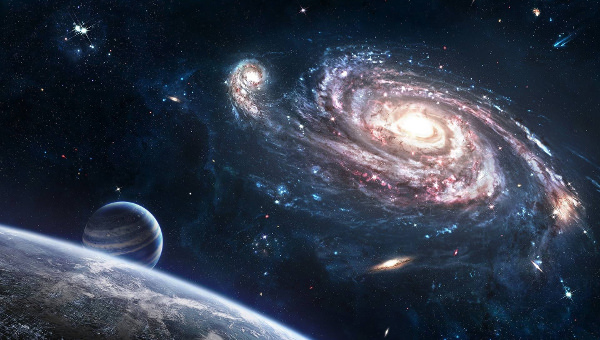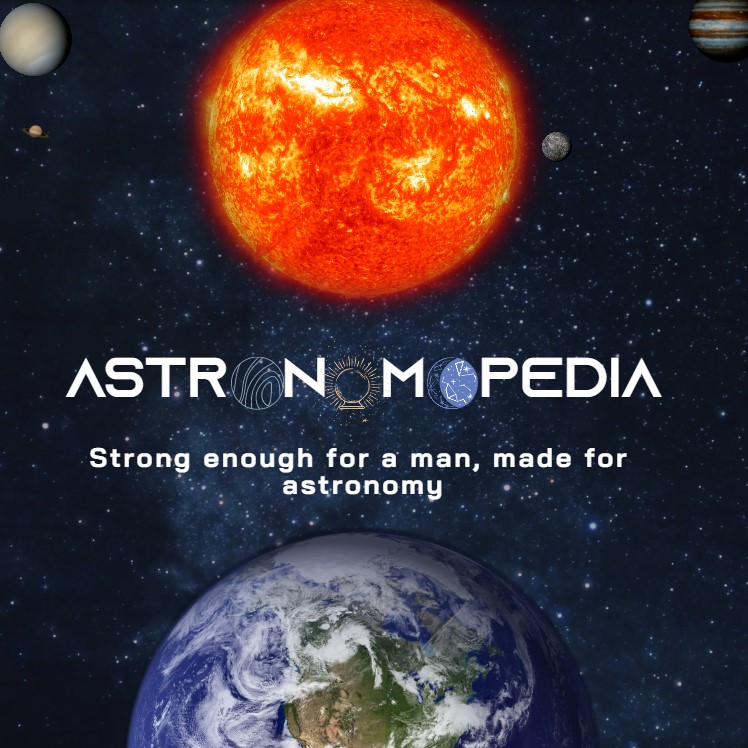
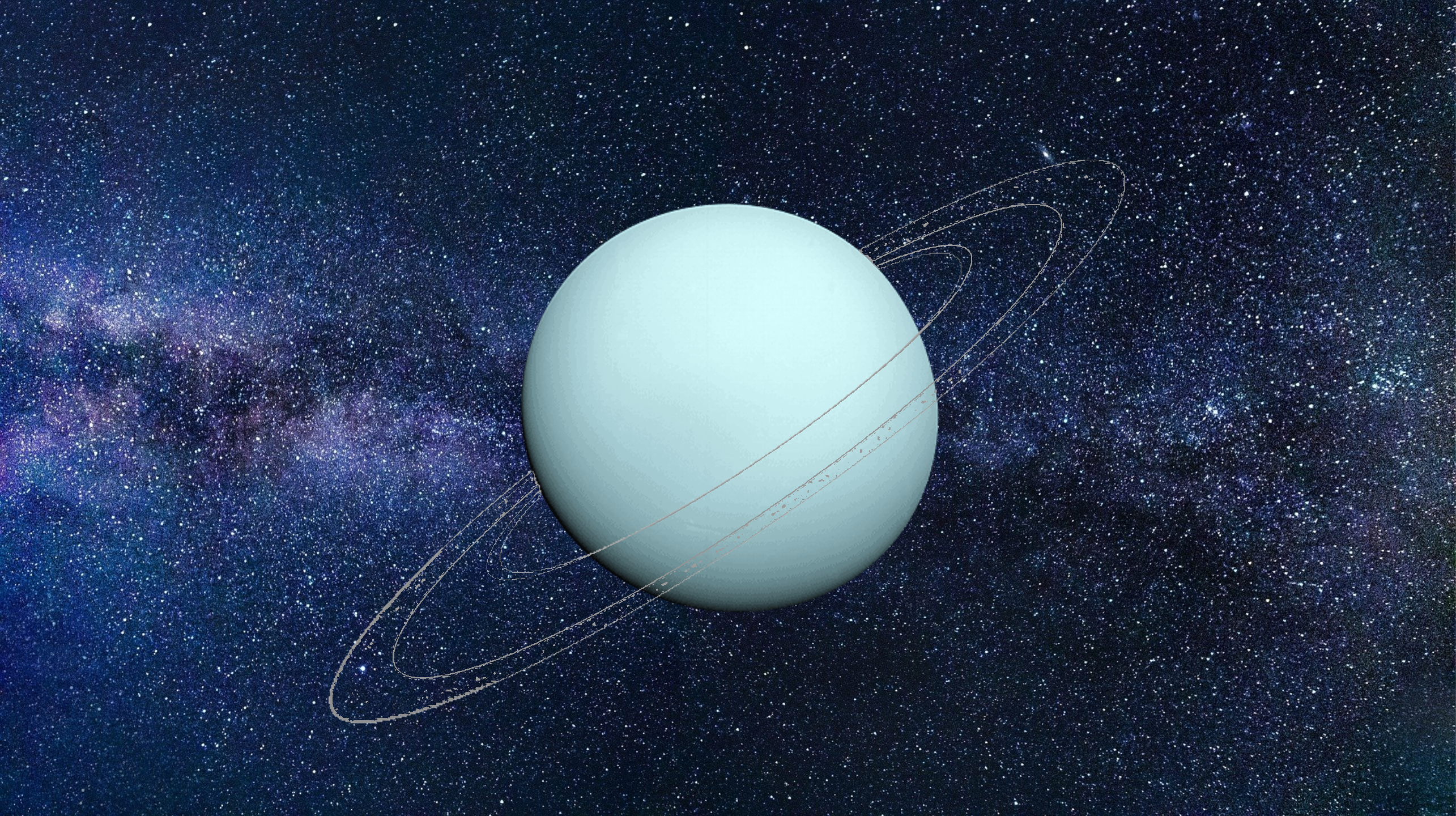
Uranus
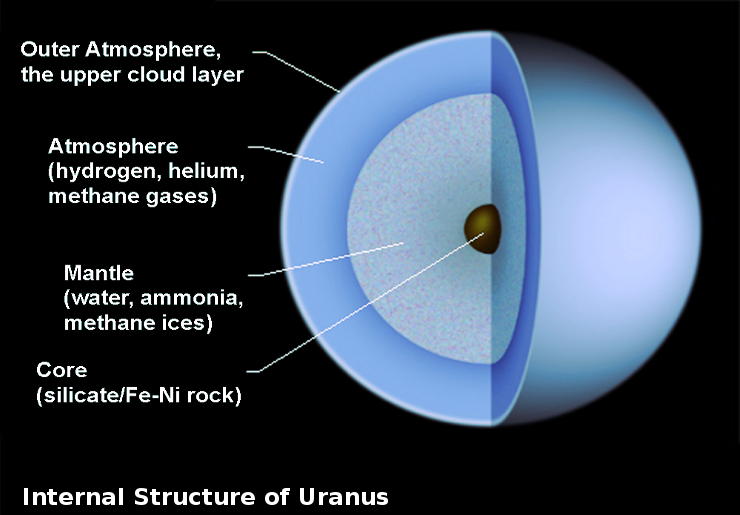
What is Uranus?
Uranus is the seventh planet from the Sun, and has the third-largest diameter in our solar system. It was the first planet found with the aid of a telescope, Uranus was discovered in 1781 by astronomer William Herschel, although he originally thought it was either a comet or a star.
What is special about Uranus?
Uranus is the only planet whose equator is almost perpendicular to its orbit, with a tilt of 97.77 degrees, probably due to a long-ago collision with an Earth-sized object. This atypical tilt is what gives rise to the solar system's most intense seasons.
Morphology
Geomorphology
Uranus has a radius of 25,362 kilometres (15,759.2 miles), making it four times the size of Earth, and has a surface area of 8,083,079,689.565172 km² (3,120,893,234.30 miles²). Uranus would be comparable to a softball in dimensions if Earth were the size of a nickel.
Anatomy
Uranus is one of the outer solar system's two ice giants (the other is Neptune). The majority of the planet's mass (80% or more) is made up of a heated dense fluid of "icy" components - water, methane, and ammonia - floating atop a tiny rocky core. It may reach 4,982 degrees Celsius towards the core (9,000 degrees Fahrenheit). Uranus has a slightly greater diameter than Neptune but a lesser mass. It is the second least dense planet in the solar system, with a density of 1.27 g/cm³, after Saturn. The blue-green appearance of Uranus is caused by methane gas in the atmosphere. Sunlight enters the atmosphere and is reflected back out by the cloud tops of Uranus. The red component of the light is absorbed by methane gas, resulting in a blue-green tint.
Wind speeds on Uranus have recently been discovered to range from 144.841 to 579.364 kph (90 to 360 mph).
Tectonic plates
Due to Uranus' lack of surface, it doesn't have any tectonic plates.
Location
Uranus is 2,801,200,000 km (1,740,584,983.695 miles) away from Earth.
From an average distance of 2.9 billion kilometers (1.8 billion miles), Uranus is 19.8 astronomical units away from the Sun.
Physico-chemical properties
Uranus is composed of water, methane, and ammonia fluids floating atop a tiny rocky core. Its atmosphere, like Jupiter and Saturn's, is composed of hydrogen and helium, but it also contains methane. Uranus looks blue because of the methane.
Temperature
Uranus' average temperature is -213.889°C (-353°F). So far, the lowest temperature found in Uranus' lower atmosphere is -223.889°C (-371°F), which approaches Neptune's extreme temperatures.
Age
Uranus has an estimated age of 4.503 billion Earth years.
Force fields
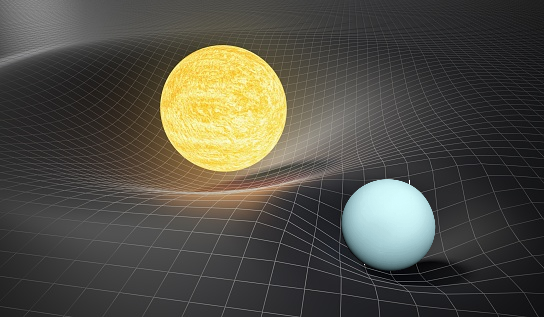
Gravitational force
Uranus has a gravity of Uranus possesses a gravity of 8.87 m/s².
Magnetic field
In an astrophysical framework, Uranus' field may be defined as that of an oblique rotator. The 0.23 gauss R³U dipole moment, along with the enormous spatial offset, results in minimum and maximum magnetic fields on the planet's surface of around 0.1 and 1.1 gauss, respectively.
Motions
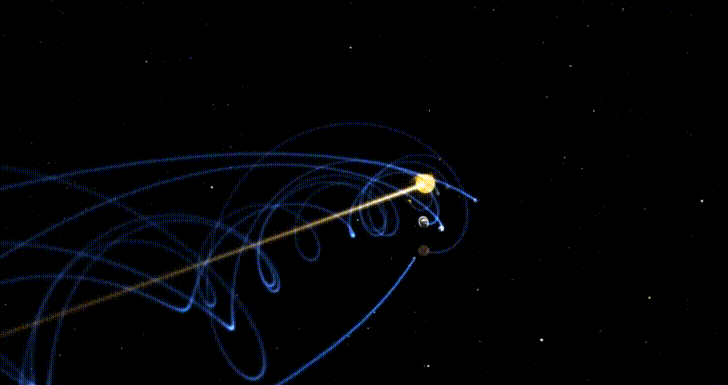
Orbit
Uranus orbits its star every Uranus revolves around the sun once every 84 Earth years (a Uranian year).
Rotation
Uranus takes about 17 Earth hours to rotate once (a Uranian day).
Satellite systems
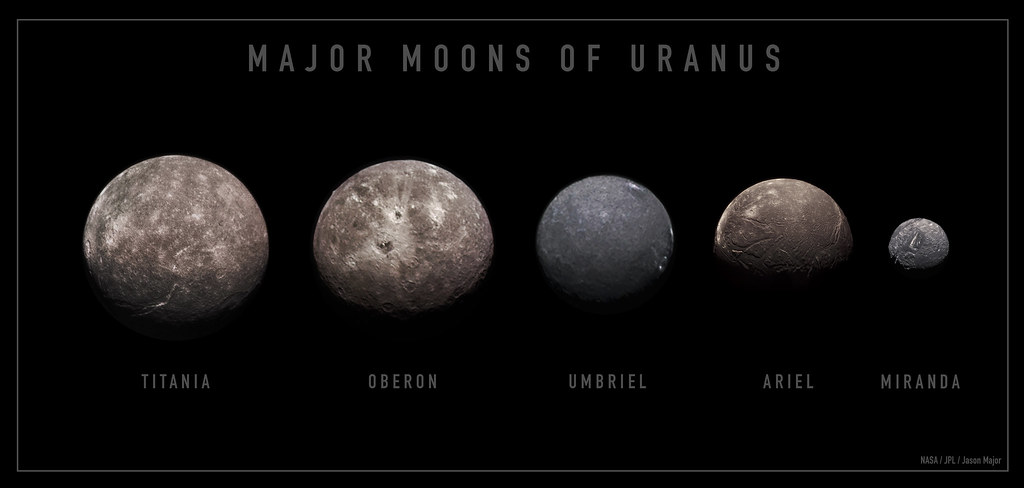
Moon system
Uranus has 27 known moons, all of which are named after characters from William Shakespeare and Alexander Pope's writings.
The inner moons of Uranus appear to be around half water ice and half rock. The outer moons' composition is unclear, although they are most likely captured asteroids.
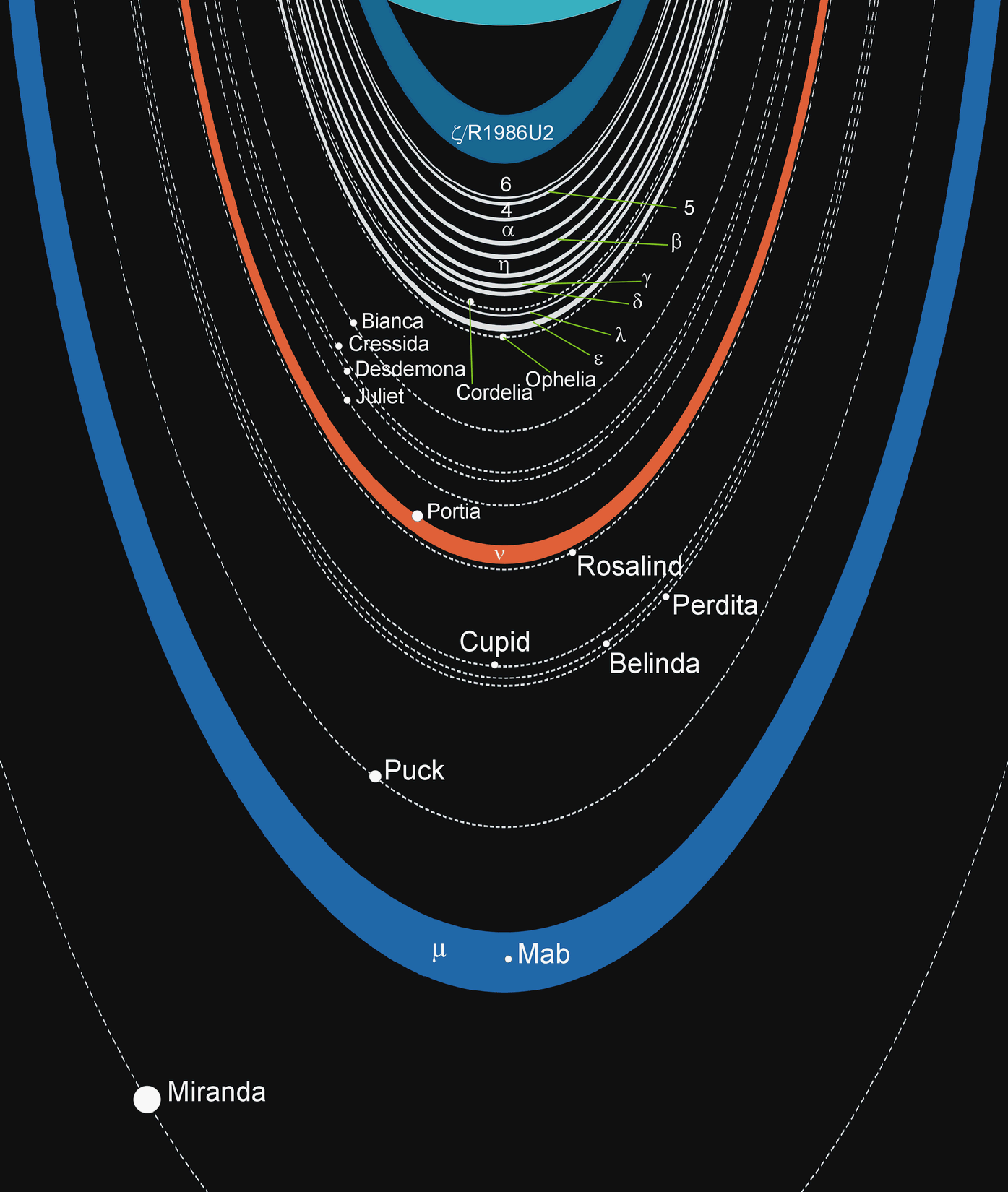
Ring system
Uranus has two ring systems. The inner nine-ring structure is generally made up of small, dark grey rings. The outer rings are reddish, similar to dusty rings found elsewhere in the solar system, and blue, similar to Saturn's E ring.
The rings are named Zeta, 6, 5, 4, Alpha, Beta, Eta, Gamma, Delta, Lambda, Epsilon, Nu, and Mu in sequence of increasing distance from the planet. Some of the bigger rings are bordered by tiny dust belts.
Author: William Homier
Editor: William Homier
Sound credit goes to Lectures Beyond Beyond.
This page was last edited on 25 November 2022, at 18:50 (HAE).
Sources:
